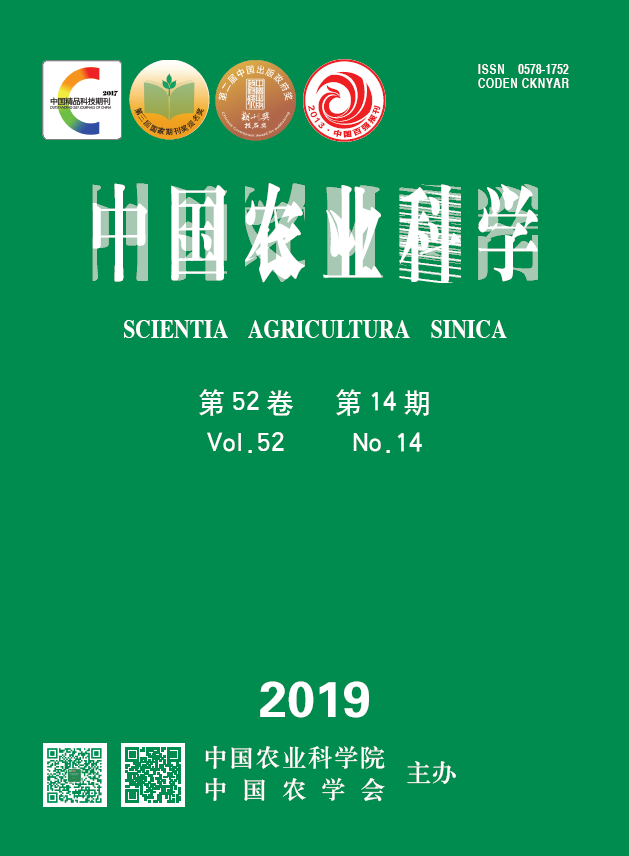【Objective】Using microbial fermentation bed as fermentation tank, pig manure nitrogen was continuously added to achieve aerobic fermentation in medium temperature. Microbiome with high bacterial content identified by metagenomic technology was named as integrated microbiome. Integrated microbiome agent (IMA) was produced as plant disease biocontrol agent.【Method】The production process is as follows: material preparation→fermentation→nitrogen feeding→aerobic fermentation control→product processing→product packaging, etc. The fully manufacturing processes of IMAs were as follows: the litters consisting of soybean cake powders (30%) and Pleurotus eryngii mushroom substrates (70%) were added onto the pig microbial fermentation bed that had been used for more than one year with 10 cm thick; the aerobic fermentation was conducted for 20 days by ploughing the litters mixing with pig manures one time per day; then, the upper 20 cm litters were removed to produce IMAs by drying, crushing, screening and packaging.【Result】The physicochemical properties of the IMA products were moisture content 29.74%, pH 7.56, organic matter content 44.46%, total nitrogen content 2.23%, humic acid content 11.20%, crude fiber content 14.06%, and the amount of bacteria was 145×10 8cfu/g. The results of metagenomic determination showed that the average number of the short sequences (reads) was 99 701.75 in the IMA samples, and the IMA samples contained 39 phyla, 96 classes, 189 orders, 383 families, 786 genera, and 1 281 species of bacteria per gram. Among bacteria, 46 Bacillus-like species were detected, and 9 species were the new records in China, namely: (1) Bacillus aerophilus, (2) Bacillus eiseniae, (3) Bacillus filamentosus, (4) Bacillus kochii, (5) Bacillus rhizosphaerae, (6) Lysinibacillus macroides, (7) Oceanobacillus caeni, (8) Ornithinibacillus scapharcae, (9) Virgibacillus oceani. Importantly, no bacterial pathogen of pig was found in the IMA products. The total content of the cultural Bacillus-like species was 2.062×10 8cfu/g, and they accounted for 1.42% of total bacterial abundance in the metagenomic data. Therefore, the total amount of effective bacteria was estimated to be 145×10 8cfu/g in the IMA products based on the cultural Bacillus-like species content and total abundance of metagenomic detecting. The germination rate of mung bean in the IMA group was 96.67%, which was not significantly different from that in the clear water control group (P>0.05), but the radicle length was 58.08% higher than that in the control group. When the seedling-raising substrate was mixed with 5%-10% of IMAs, the emergence rate and plant height of tomato were increased by 3.0% and 25.1%, respectively, and the corrected control efficacy on tomato bacterial wilt was 79.41%. According to the national quality standards for the bio-organic fertilizers (NY884-2012), those of the IMA products were initially set as followings: organic matter content≥40%, moisture content≤30%, pH 5.5-7.5, fecal coliform count≤100 cfu/g, mortality of ascarid egg>95%, expiry date>6 months; The contents of heavy metals: As<15 mg·kg -1, Cd≤15 mg·kg -1, Pb ≤15 mg·kg -1, Cr≤15 mg·kg -1, and Hg≤15 mg·kg -1; The amount of living bacteria was adjusted to the total living bacteria amount≥30×10 8cfu/g, Bacillus-like species amount≥2×10 8cfu/g.【Conclusion】The concept and product technical standard of the integrated microbiome agents (IMAs) were proposed. The IMA can promote the growth of seed root and have a good control efficacy on tomato bacterial wilt.









